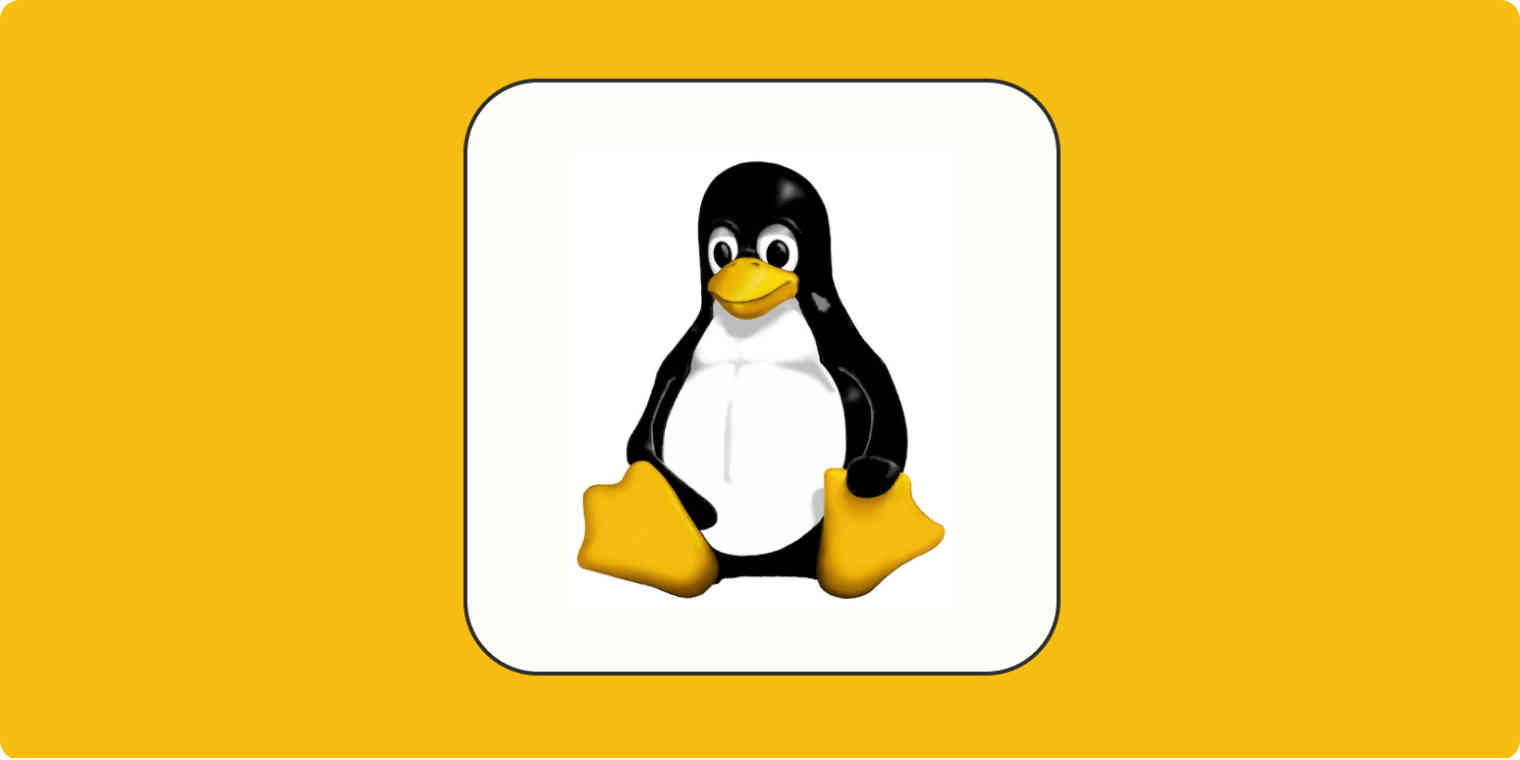Linux: A Journey from Linus to the World 🐧
 Avik Dutta
Avik Dutta
Introduction:
In the vast realm of operating systems, one name stands out as the epitome of open-source innovation — Linux. Born from the mind of a Finnish student named Linus Torvalds, Linux has become a symbol of collaboration, community, and the power of free and open-source software. Join me on a journey through time as we unravel the fascinating history of Linux, from its humble beginnings to its omnipresence in today's computing landscape.
The Birth of an Idea (1991):
In the early 1990s, Linus Torvalds, a student at the University of Helsinki, sought to create a free and open-source alternative to the MINIX operating system. Little did he know that this quest would lead to the birth of a revolutionary operating system. On September 17, 1991, Linus announced the release of the first version of the Linux kernel, laying the foundation for what would become a global phenomenon.
GNU/Linux Collaboration (1992-1993):
Linux started as just a kernel, and to build a complete operating system, it needed more components. The GNU Project, led by Richard Stallman, provided the missing pieces. The combination of the Linux kernel and GNU utilities created a powerful and entirely open-source operating system. The term "GNU/Linux" was coined to recognize the collaborative efforts of both projects.
The Rise of the Penguin (1990s):
As Linux gained momentum, a vibrant community of developers emerged. Various Linux distributions, each with its unique characteristics, began to surface. Slackware, Debian, and Red Hat were among the pioneers, introducing users to the flexibility and customization options that Linux offered.
Linux Goes Enterprise (Late 1990s - Early 2000s):
The turn of the millennium witnessed Linux stepping into the enterprise world. Companies such as IBM and Oracle threw their weight behind Linux, recognizing its stability and cost-effectiveness. Linux servers became a staple in data centers, hosting websites and powering critical infrastructure.
Desktop Dreams (Late 1990s - 2000s):
While Linux conquered the server world, it set its sights on desktops. Desktop environments like GNOME and KDE aimed to provide user-friendly interfaces, making Linux accessible to a broader audience. Although desktop adoption faced challenges, the groundwork was laid for future developments.
Mobile and Embedded Domination (2000s - Present):
The adaptability of Linux became evident with its foray into mobile and embedded systems. Android, the world's most widely used mobile operating system, is built on the Linux kernel. Linux found its way into a myriad of devices, from smartphones to IoT devices, showcasing its versatility.
The Git Revolution (2005 - Present):
In 2005, Linux embraced the Git version control system, transforming its development model. Git's decentralized approach facilitated collaboration among developers worldwide. This shift marked a pivotal moment, accelerating the pace of Linux development and attracting contributors from diverse backgrounds.
Containers and Cloud (2010s - Present):
The era of containerization and cloud computing saw Linux playing a central role. Technologies like Docker leveraged Linux containers, providing a lightweight and efficient way to deploy applications. Linux became the backbone of major cloud platforms, solidifying its position in the modern computing landscape.
Linux Today (2020s):
As we navigate the 2020s, Linux stands tall as a dominant force in the tech industry. Its influence extends beyond traditional computing devices, permeating servers, embedded systems, and emerging technologies. The Linux community thrives, embodying the spirit of collaboration and openness that has been integral to its success.
Conclusion:
The history of Linux is a testament to the vision of Linus Torvalds, the dedication of countless contributors, and the principles of open-source development. From a small personal project to a global phenomenon, Linux has shaped the way we think about operating systems. As we embrace the future, the penguin marches forward, symbolizing the enduring spirit of innovation and community in the world of computing.
Subscribe to my newsletter
Read articles from Avik Dutta directly inside your inbox. Subscribe to the newsletter, and don't miss out.
Written by

Avik Dutta
Avik Dutta
Experienced with a demonstrated history of working in the information technology and services industry. Strong engineering professional skilled in Linux and Cloud platform, AWS, Azure. Passionate about DevOps....